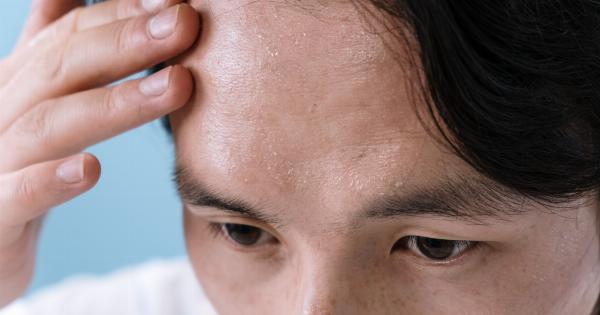Parkinson’s Disease is a progressive neurological disorder that affects millions of people worldwide. It is a disorder of the nervous system that primarily affects movement.
The symptoms of Parkinson’s Disease include tremors, stiffness, slowing of movement, and balance problems. The condition can also cause non-motor symptoms such as depression, anxiety, and difficulty sleeping.
What Causes Parkinson’s Disease?
Parkinson’s Disease is caused by a loss of dopamine-producing cells in the brain. Dopamine is a neurotransmitter that helps to control movement.
When these cells die, the level of dopamine in the brain decreases, leading to the symptoms of Parkinson’s Disease. The exact cause of Parkinson’s Disease is not yet known but there are several factors that may contribute to the development of the disease, including genetics, environmental factors, and exposure to toxins.
Diagnosing Parkinson’s Disease
There is no specific test for Parkinson’s Disease. Your doctor will perform a physical exam and will ask about your symptoms and medical history. They may also order imaging tests such as an MRI or CT scan to rule out other conditions.
In some cases, a dopamine transporter imaging test may be used to help diagnose Parkinson’s Disease.
Treating Parkinson’s Disease
There is no cure for Parkinson’s Disease, but there are medications and other treatments that can help to manage the symptoms of the disease. The most common medications used to treat Parkinson’s Disease are levodopa and dopamine agonists.
These medications help to increase the level of dopamine in the brain. Other treatments that may be used include physical therapy, occupational therapy, and speech therapy. In some cases, surgery may be used to treat Parkinson’s Disease.
Living with Parkinson’s Disease
Although there is no cure for Parkinson’s Disease, many people are able to manage their symptoms and lead full and active lives.
It is important to work closely with your healthcare team to develop a treatment plan that meets your individual needs. Staying active, eating a healthy diet, and getting enough rest can also help to manage the symptoms of Parkinson’s Disease.
Conclusion
Parkinson’s Disease is a progressive neurological disorder that affects movement. It is caused by a loss of dopamine-producing cells in the brain and there is no cure.
However, there are medications and other treatments that can help to manage the symptoms of the disease. By working closely with your healthcare team and making healthy lifestyle choices, you can learn to live well with Parkinson’s Disease.




























